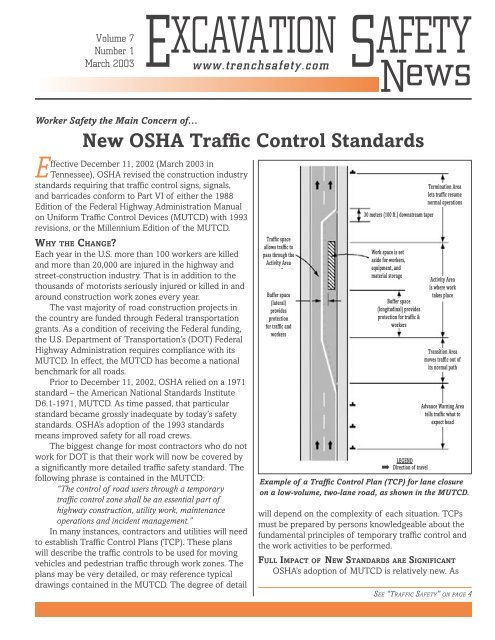Excavation and trenching are among the most hazardous construction operations.
Trench box safety checklist.
Trenching and excavation safety 1 introduction excavation and trenching are among the most hazardous construction operations.
Trench box extends at least 18 inches above the vertical wall of the excavation and to within 2.
Surface encumbrances such as utility poles heavy equipment supported or removed.
A trench box can be used in combination with other protective systems such as sloping and benching.
A safety checklist may prove helpful when employers.
All employees at worksite trained in trenching safety procedures.
Under that circumstance the trench box must extend 18 inches above the vertical part of the excavation walls to keep dirt rocks and other debris from rolling into the trench.
Excavation checklists are used to perform safety inspections and risk assessments for excavation and trenching projects.
Daily worksite checklist for trenching excavation sites.
Osha defines an excavation as any man made cut cavity trench or depression in the earth s surface formed by earth removal.
Excavation checklists are an essential tool used during pre operations to evaluate the jobsite utilities and equipment access means area atmosphere and support systems to identify problems before they occur.
The occupational safety and health administration requires that a trench box must be used for all trenching or excavations five feet or greater in depth.

